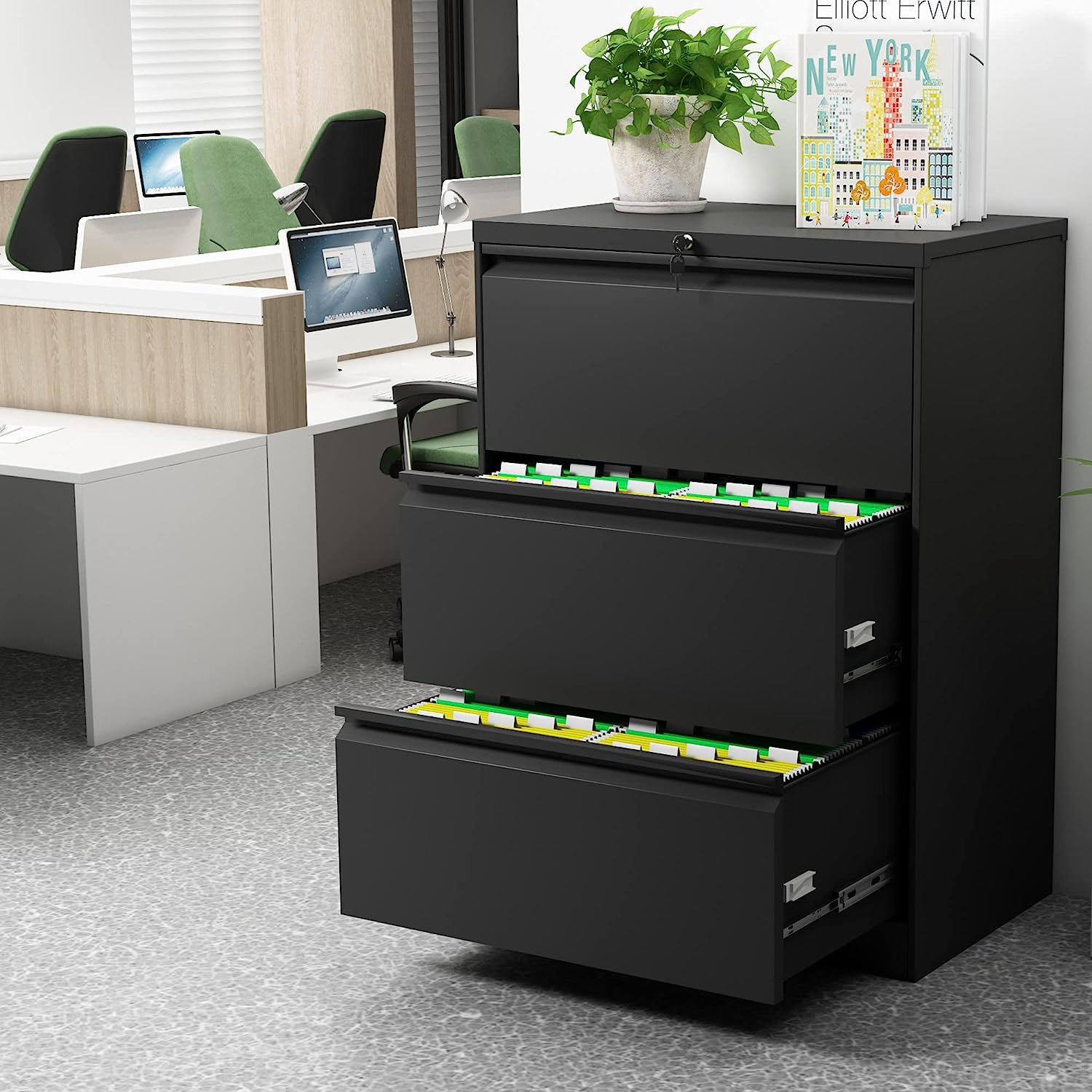

Articles
How To Open A File Cabinet
Modified: August 25, 2024
Learn how to open a file cabinet and access your office storage effortlessly with our step-by-step guide. Ensure a smooth workflow and organized workspace.
(Many of the links in this article redirect to a specific reviewed product. Your purchase of these products through affiliate links helps to generate commission for Storables.com, at no extra cost. Learn more)
Introduction
Opening a file cabinet may seem like a simple task, but it can be quite frustrating if you don’t know the proper steps. Whether you’re trying to access important documents or just need to organize your files, knowing how to open a file cabinet efficiently is crucial.
In this article, we will guide you through the process of opening a file cabinet step by step. You’ll learn what tools and materials you need, how to locate the file cabinet, and how to unlock and open it safely. So grab a cup of coffee and let’s dive in!
Opening a file cabinet is not only about physical access; it’s also about maintaining a system of organization and security. By following the correct steps, you can ensure that you retrieve or store files without any hassle.
Before we get started, it’s important to note that file cabinets can come in different sizes, designs, and lock mechanisms. The steps outlined here are general guidelines, but you may need to adapt them to your specific file cabinet.
Now that we have the basics covered, let’s move on to the first step: gathering the necessary tools and materials.
Key Takeaways:
- Efficiently open and organize file cabinets by gathering the right tools, locating the cabinet, and using the appropriate unlocking method. Maintain a secure closure to protect files and ensure a streamlined workflow.
- Understanding the lock mechanism and using the correct tools are essential for opening file cabinets. Organize and retrieve files systematically to optimize workflow and maintain a well-organized filing system.
Read more: How To Break Into A Filing Cabinet
Step 1: Gather the necessary tools and materials
Before you begin opening a file cabinet, it’s essential to gather the right tools and materials. Having everything you need at hand will make the process much smoother and save you time and frustration.
Here’s a list of tools and materials you may need:
- Screwdriver: A screwdriver is a versatile tool that can come in handy for various types of file cabinets. Make sure you have a screwdriver with interchangeable tips to accommodate different screw sizes.
- Key: If you have a file cabinet with a traditional key lock, ensure that you have the correct key readily available.
- Lock picking tools: In case you encounter a file cabinet with a non-traditional lock mechanism, such as a pin or tumbler lock, it’s helpful to have lock picking tools. These tools should only be used legally and responsibly.
- Flashlight: Some file cabinets may be located in dimly lit areas or have interior compartments that can be difficult to see into. Having a flashlight on hand will make it easier to navigate and find what you’re looking for.
- Step stool or ladder: If your file cabinet is located in an elevated area, it’s important to have a step stool or ladder to safely reach it. Avoid standing on unstable surfaces or furniture.
- Optional: Lubricant: If you encounter a file cabinet with a sticky or stiff lock mechanism, applying a small amount of lubricant may help loosen it and make the unlocking process easier.
Make sure you gather all the necessary tools and materials before proceeding to the next step. Having everything within reach will save you the hassle of searching for items midway through the process.
Now that you’re well-prepared, let’s move on to step 2: locating the file cabinet.
Step 2: Locate the file cabinet
Locating the file cabinet is the next crucial step in the process of opening it. Whether you’re in an office, a storage room, or even your own home, knowing the exact location of the file cabinet will save you time and effort.
Here are a few tips to help you locate the file cabinet:
- Check the designated area: If you’re in an office or workplace, file cabinets are usually placed in a designated area like a file room or storage closet. Look for areas where documents are typically stored.
- Ask for guidance: If you’re in an unfamiliar environment, such as someone else’s office or a shared workspace, don’t hesitate to ask for assistance or directions. Colleagues or office staff can point you in the right direction.
- Follow a labeling system: If you have implemented a labeling system for your file cabinet or have organized it in a specific way, use the labels or logical arrangement to quickly locate the desired cabinet.
- Look for visible indicators: Some file cabinets may have visible indicators, such as color-coded labels, stickers, or signs that can help you identify and locate them more easily. Look for any visual cues that may guide you.
- Refer to documentation: In some cases, you may have access to documentation or floor plans that outline the locations of file cabinets. Use these resources to pinpoint the exact area where the cabinet should be found.
Remember, every workplace or environment may have its unique layout and organization system. It’s essential to adapt these tips to your specific situation and use your observational skills to locate the file cabinet accurately.
Once you’ve successfully located the file cabinet, you’re ready to move on to step 3: inspecting the cabinet for any locks or latches.
Step 3: Inspect the file cabinet for any locks or latches
Before attempting to open a file cabinet, it’s essential to inspect it for any locks or latches that may be securing it. Different file cabinets may have different types of lock mechanisms, so it’s crucial to identify them before proceeding.
Follow these steps to inspect the file cabinet:
- Visually examine the cabinet: Take a close look at the file cabinet and identify any obvious locks or latches. These can be located on the front of the cabinet, at the top, or even on the sides.
- Check for lock indicators: Some file cabinets have small indicators that show whether they are locked or unlocked. These indicators may be color-coded, such as red for locked and green for unlocked. Look for these indicators to get an initial idea of the lock status.
- Inspect the handles or knobs: File cabinets often have handles or knobs that serve as lock mechanisms. Examine these handles or knobs closely to see if there are any keyholes, buttons, or switches that indicate a lock.
- Search for hidden locks or latches: Some file cabinets may have hidden lock mechanisms or latches that require a specific action or sequence to open. Look for any unusual features, buttons, or panels that may conceal the lock.
- Refer to the user manual: If you have access to the user manual or documentation of the file cabinet, consult it for detailed information about the lock mechanism. The manual may provide specific instructions on how to unlock the cabinet.
Remember, file cabinets can have various lock mechanisms, including traditional key locks, combination locks, electronic locks, or even advanced biometric locks. Understanding the type of lock will help you choose the appropriate method to unlock it.
Once you have inspected the file cabinet and identified the lock or latch mechanism, you’re ready to move on to step 4: determining the type of lock mechanism.
Step 4: Determine the type of lock mechanism
Understanding the type of lock mechanism used in your file cabinet is crucial to ensure that you approach the unlocking process correctly. Different lock mechanisms require different methods and tools for unlocking, so it’s essential to identify the type you’re dealing with.
Here are some common types of lock mechanisms found in file cabinets:
- Key locks: This is the most common type of lock mechanism in file cabinets. It requires a key to unlock the cabinet. If you see a keyhole or key indicator on the cabinet’s handles or knobs, chances are it is a key lock.
- Combination locks: Combination locks require a specific sequence of numbers or letters to open. They usually have a dial or a keypad where you need to input the correct combination. Combination locks may also have a key override system.
- Pin or tumbler locks: These locks use pins or tumblers that must align correctly to unlock the cabinet. They are often found in higher-security file cabinets and may require specific lock picking tools for unlocking.
- Electronic locks: File cabinets with electronic locks use digital keypads or card readers to grant access. They may require a PIN code, key card, or fingerprint scan to unlock.
- Biometric locks: Biometric locks use unique biological identifiers, such as fingerprints or retinal scans, to unlock the file cabinet securely. These locks offer enhanced security and convenience.
By examining the lock mechanism and considering the features mentioned above, you can determine the type of lock you’re dealing with in your file cabinet. This knowledge will help you proceed to the next step with confidence, knowing which method to use for unlocking it.
Once you have determined the lock mechanism, it’s time to move on to step 5: using the appropriate tool or method to unlock the file cabinet.
When opening a file cabinet, start by turning the key in the lock to unlock it. Then, grasp the handle and gently pull the drawer open, being careful not to force it. If it’s a combination lock, enter the correct combination and then pull the drawer open.
Read more: How To Open CAD Files
Step 5: Use the appropriate tool to unlock the file cabinet
Now that you have identified the type of lock mechanism in your file cabinet, it’s time to use the appropriate tools or methods to unlock it. The specific tool or method will depend on the type of lock you’re dealing with.
Here’s a guide on unlocking different types of lock mechanisms:
- Key locks: If your file cabinet has a key lock, simply insert the correct key into the keyhole and turn it in the direction indicated to unlock the cabinet. Make sure to use the correct key, as using the wrong one may damage the lock.
- Combination locks: For combination locks, follow the specific sequence of numbers or letters to unlock the cabinet. This may involve rotating a dial or inputting a code on a keypad. Make sure to enter the correct combination to avoid accidentally triggering a lockout.
- Pin or tumbler locks: Unlocking pin or tumbler locks can be more challenging without the proper tools and training. It’s recommended to seek professional help or a locksmith if you encounter this type of lock mechanism.
- Electronic locks: Electronic locks typically require entering a PIN code or using an access card or fingerprint scan to unlock. Follow the instructions provided by the lock manufacturer to input the correct credentials and gain access to the file cabinet.
- Biometric locks: Biometric locks rely on unique biological identifiers, such as fingerprints or retinal scans, to unlock the file cabinet. Follow the specific instructions provided by the lock manufacturer to scan the authorized biometric data and gain access.
Remember to handle the lock and any tools or devices with care to avoid damage to the lock mechanism or the file cabinet itself. If you encounter any difficulties or are unsure about unlocking the cabinet, consider seeking professional assistance.
Now that you have successfully unlocked the file cabinet, you’re ready to move on to step 6: opening the file cabinet.
Step 6: Open the file cabinet
Now that you have successfully unlocked the file cabinet, it’s time to open it and gain access to your files. Opening the file cabinet correctly will ensure that you can retrieve or store your documents without any hassle.
Follow these steps to open the file cabinet:
- Apply gentle pressure: Depending on the type of lock mechanism, you may need to apply gentle pressure or turn the handle or knob in the designated direction to release the cabinet lock.
- Use both hands: With one hand on the handle or knob and the other hand providing support, slowly and steadily pull or push the door of the file cabinet. Be cautious not to exert excessive force to prevent damage.
- Check for any resistance: As you open the file cabinet, pay attention to any resistance or sticking points. If you encounter any difficulty, stop and reassess the situation. It’s important not to force the cabinet open, as this can cause damage.
- Ensure the door is fully open: Once you have opened the file cabinet fully, make sure the door is securely open and won’t accidentally close on you. This will prevent any injuries and allow you to work comfortably with the files inside.
Opening a file cabinet should be a smooth and seamless process. If you encounter any issues or if the cabinet doesn’t open despite unlocking it, it’s recommended to consult a professional locksmith or seek assistance from the appropriate authorities or maintenance personnel.
Now that the file cabinet is open, you can proceed to step 7: organize or retrieve the files from the cabinet to ensure a well-organized and efficient filing system.
Step 7: Organize or retrieve files from the cabinet
With the file cabinet open, you now have the opportunity to organize your files or retrieve specific documents that you need. Proper organization will make it easier to find and maintain your files, ensuring a more efficient workflow.
Follow these steps to organize or retrieve files from the cabinet:
- Assess your filing system: Take a moment to assess the current organization of your files. Determine if there is a specific filing system in place, such as alphabetical order or numerical order, or if you need to create one.
- Sort and categorize: Begin by sorting your files into categories based on their content or relevance. This will help you create smaller, more manageable sections within the file cabinet.
- Label folders: Use labels or tabs to clearly mark each file folder or section. This will make it easier to identify and locate specific files in the future.
- Arrange files: Once your files are categorized and labeled, arrange them within the file cabinet in the desired order. You can organize them alphabetically, numerically, or based on any other system that works best for your needs.
- Retrieve files: If you’re looking for specific documents, use the organizational system you have established to quickly locate and retrieve the files you need. Take care to handle the files delicately to avoid damage or misplacement.
- Maintain organization: As you retrieve or add new files to the cabinet, make sure to maintain the organization system you have created. Regularly review and refine the system as needed to ensure its effectiveness.
By organizing and retrieving files effectively, you can streamline your workflow and save time searching for important documents. Maintaining a well-organized filing system will also help to minimize the risk of misplacing or losing important files.
Now that you have organized or retrieved the necessary files from the cabinet, it’s time to move on to step 8: closing the file cabinet securely.
Step 8: Close the file cabinet securely
After organizing or retrieving the files you need, it’s important to close the file cabinet securely to protect the contents and maintain its functionality. Closing the cabinet properly will ensure that the files remain safe and that the cabinet operates smoothly.
Follow these steps to close the file cabinet securely:
- Remove any obstructions: Before closing the file cabinet, make sure there are no loose papers or objects obstructing the closing mechanism. Clear away any items that may interfere with the cabinet’s proper alignment.
- Align the doors: Carefully align the doors of the file cabinet so that they fit snugly and evenly. Ensure that both doors are aligned at the same level to prevent locking or opening issues in the future.
- Apply gentle pressure: Use both hands to apply gentle pressure to the doors, ensuring they are securely closed. Avoid slamming the doors shut, as this can damage the cabinet or its locking mechanism.
- Check the lock: If your file cabinet has a lock, ensure that it properly engages when the doors are closed. Test the lock to make sure it functions correctly and securely holds the doors in place.
- Double-check the closure: Take a moment to double-check that the doors are fully closed and latched before leaving the file cabinet unattended. This will prevent any accidental opening or unauthorized access.
Closing the file cabinet securely is not only important for the safety of your files but also for the longevity and proper functioning of the cabinet itself. By taking the extra time to ensure a secure closure, you can avoid potential issues and maintain the integrity of your filing system.
Congratulations! You have successfully opened, organized, retrieved, and closed the file cabinet. By following these steps, you can efficiently and securely manage your files while maintaining an organized workspace.
Remember to keep the keys or access devices in a secure location and only provide access to authorized individuals as necessary to maintain the privacy and security of your files.
With these skills and knowledge, you can navigate the world of file cabinets with confidence, making your workflow more efficient and stress-free.
Thank you for following this step-by-step guide. Should you have any further questions or need assistance, feel free to reach out.
Read more: What Are Cabinet Files
Conclusion
Opening a file cabinet may seem like a simple task, but it requires careful attention to detail and proper techniques to ensure a smooth and efficient process. By following the steps outlined in this guide, you have learned how to gather the necessary tools, locate the file cabinet, inspect the lock mechanism, and use the appropriate method to unlock and open the cabinet.
Organizing and retrieving files from the cabinet is crucial for maintaining an efficient workflow and ensuring that important documents are easily accessible. By following the steps provided, you have learned how to categorize, label, and arrange files within the cabinet, as well as retrieve specific documents when needed.
When you’re finished with the file cabinet, it’s crucial to close it securely to protect the contents and maintain the cabinet’s functionality. By aligning the doors properly and applying gentle pressure to ensure a tight closure, you can prevent any accidental opening and ensure the safety of your files.
Understanding the process of opening and managing a file cabinet is essential for maintaining an organized workspace, protecting important documents, and optimizing your workflow. By following these steps, you can confidently handle any file cabinet you encounter and enjoy a streamlined and efficient filing system.
Remember to adapt these steps to your specific file cabinet’s design and lock mechanism, as different cabinets may have variations in their operation. Safety should always be a priority, so don’t hesitate to seek professional assistance if you encounter any difficulties or if you’re handling sensitive or valuable documents.
Thank you for taking the time to learn how to open a file cabinet and manage your files effectively. With the skills you have gained, you can now navigate the world of file cabinets with confidence and ease.
Happy file organizing!
Frequently Asked Questions about How To Open A File Cabinet
Was this page helpful?
At Storables.com, we guarantee accurate and reliable information. Our content, validated by Expert Board Contributors, is crafted following stringent Editorial Policies. We're committed to providing you with well-researched, expert-backed insights for all your informational needs.
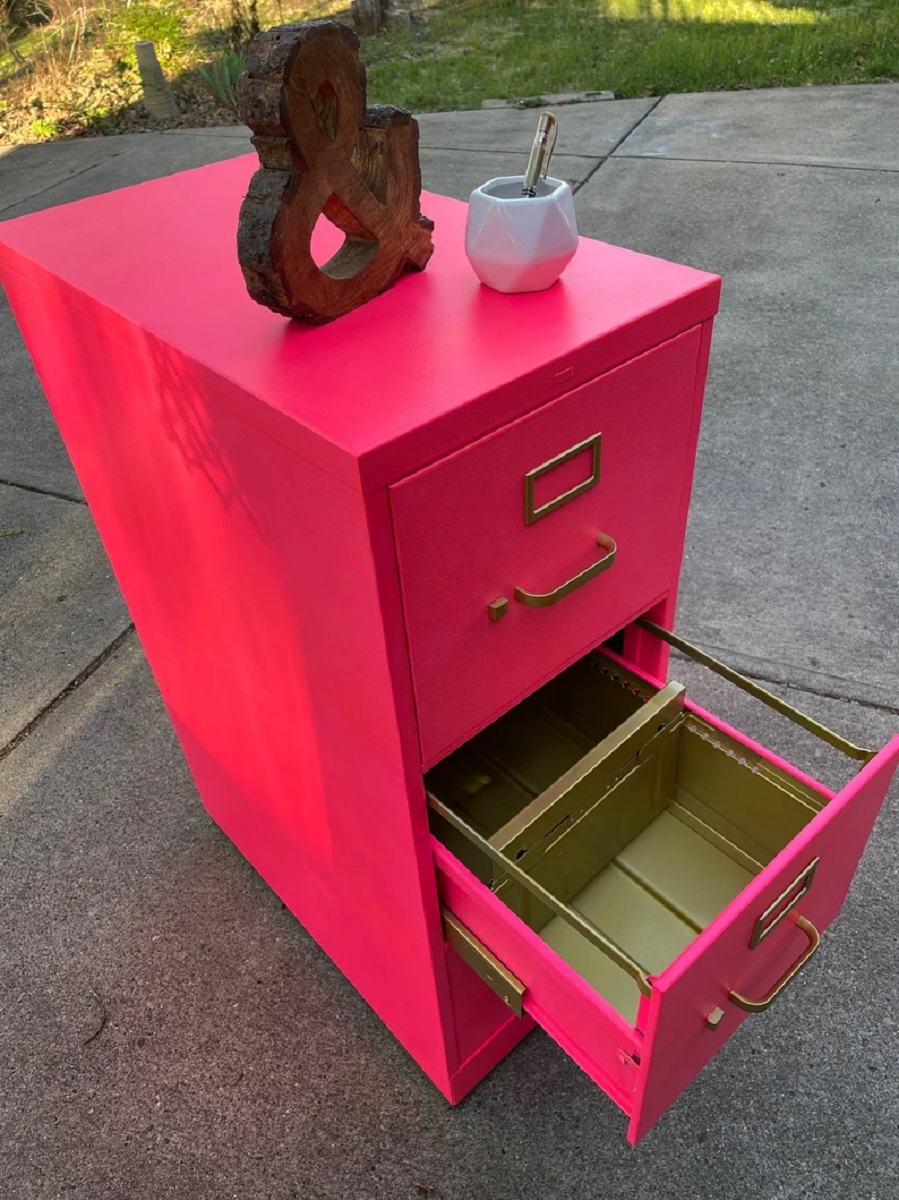
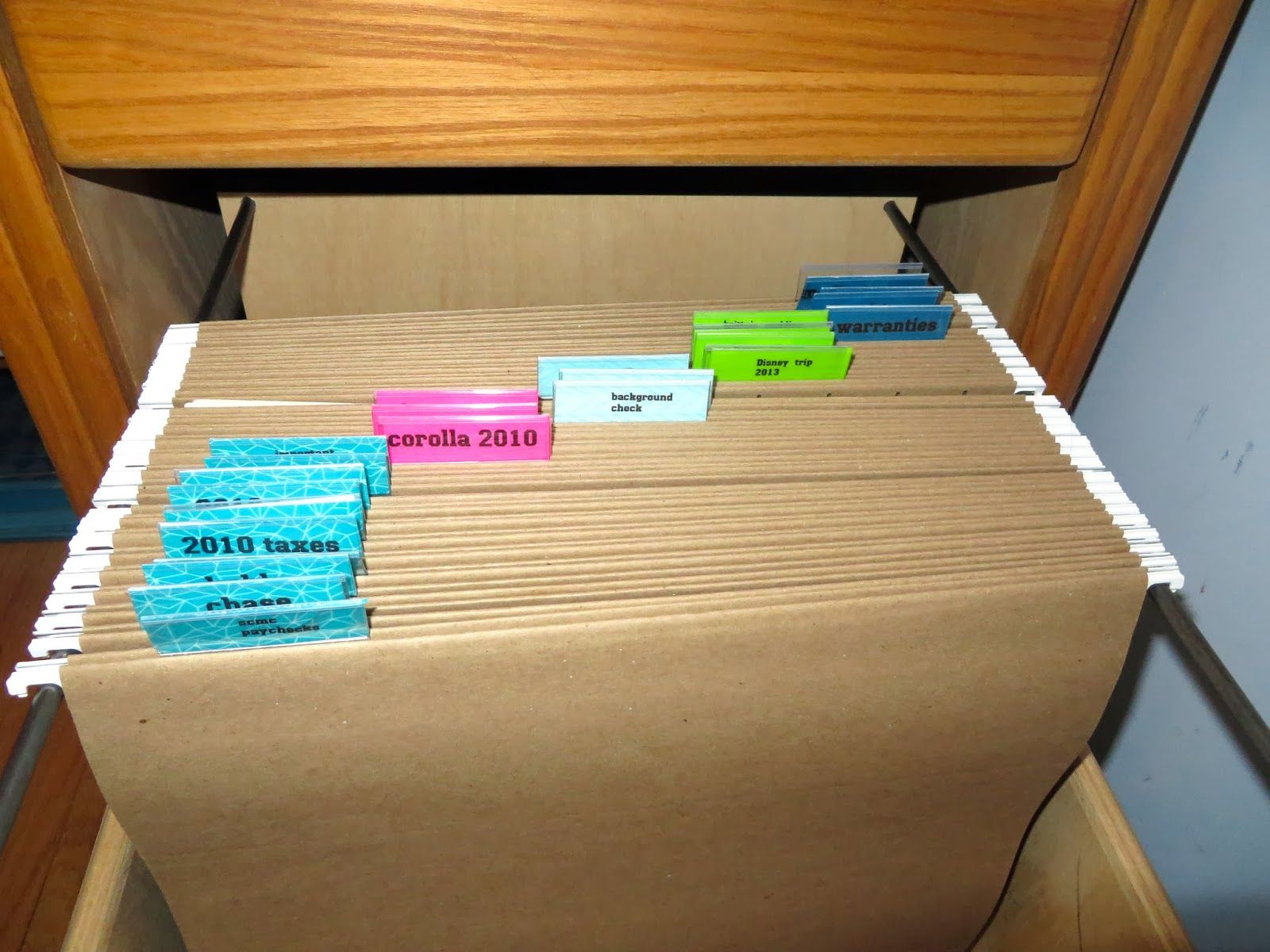
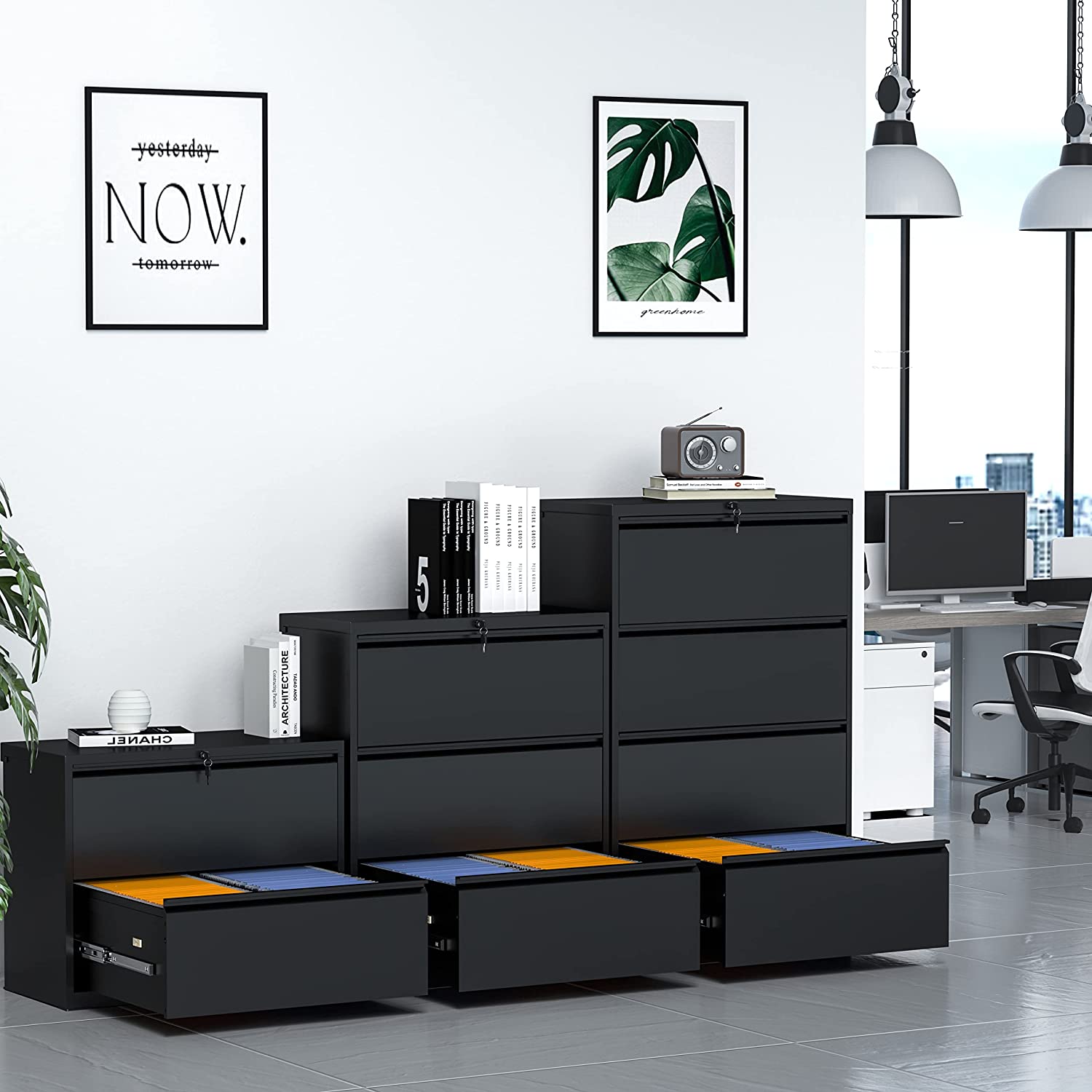
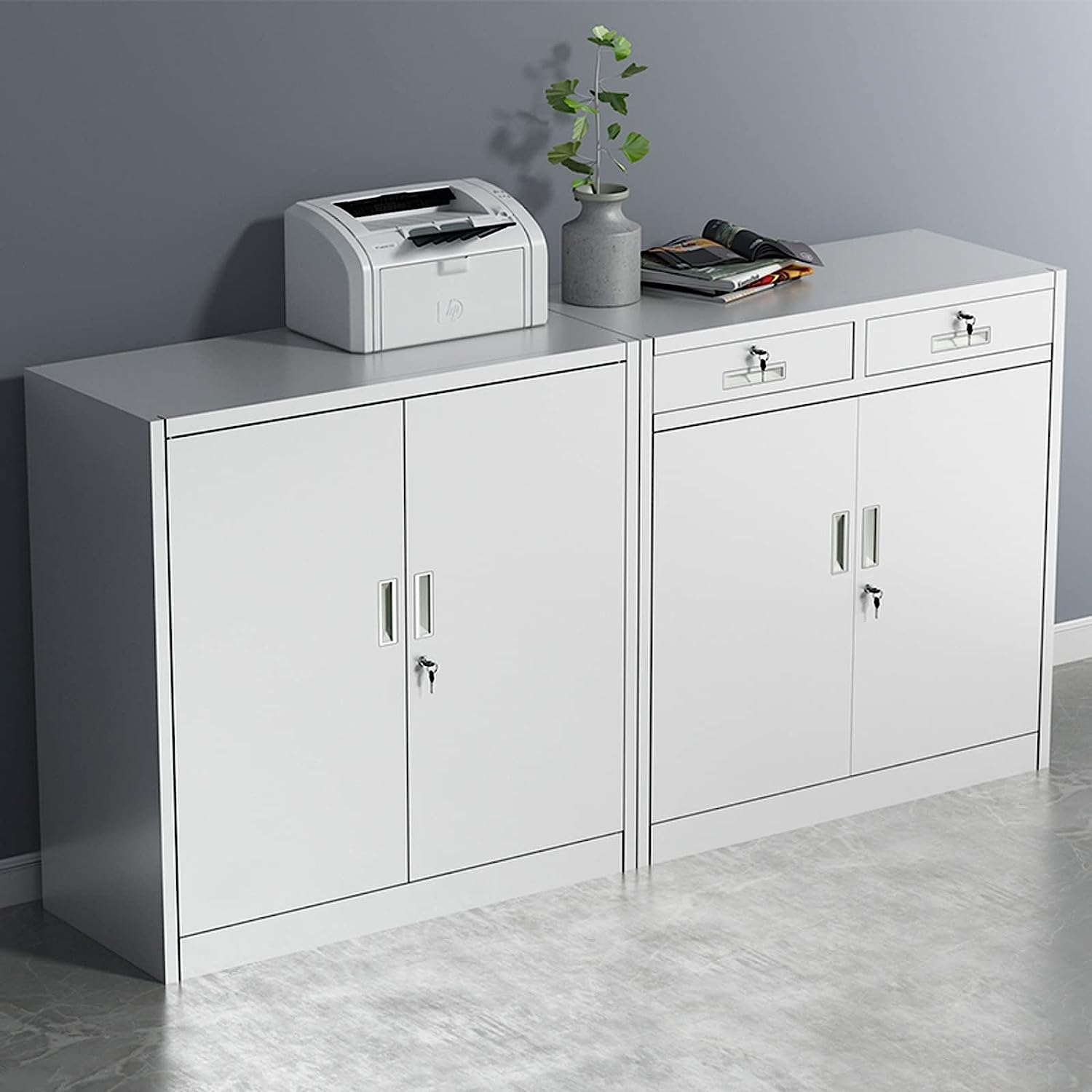
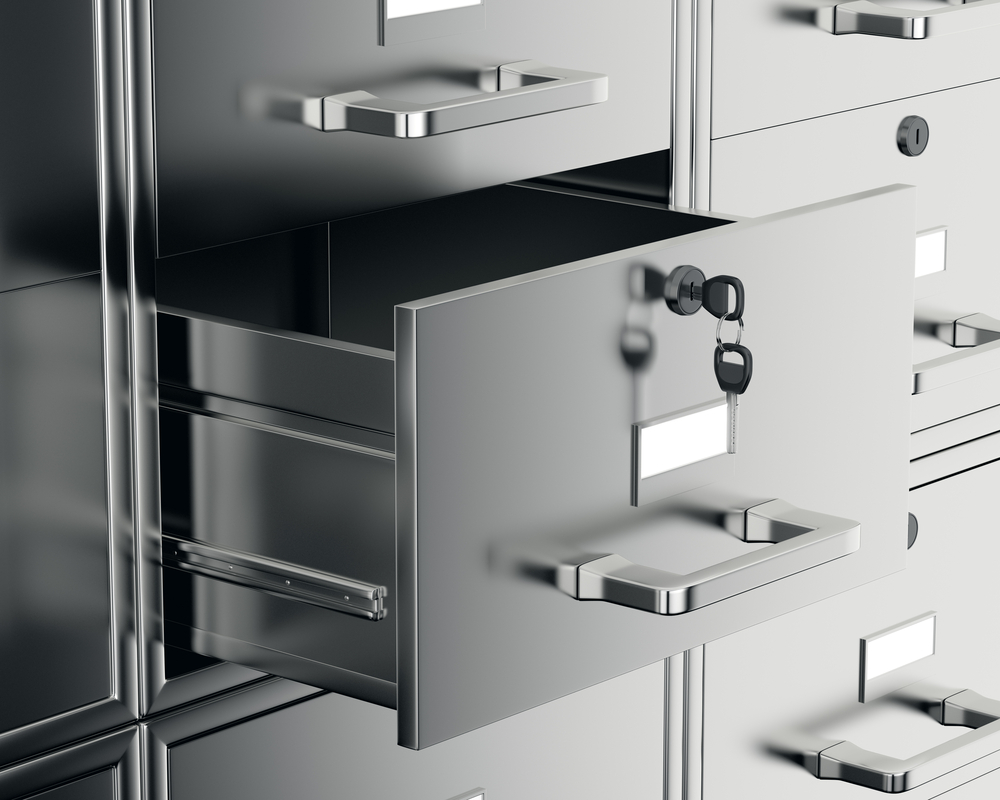
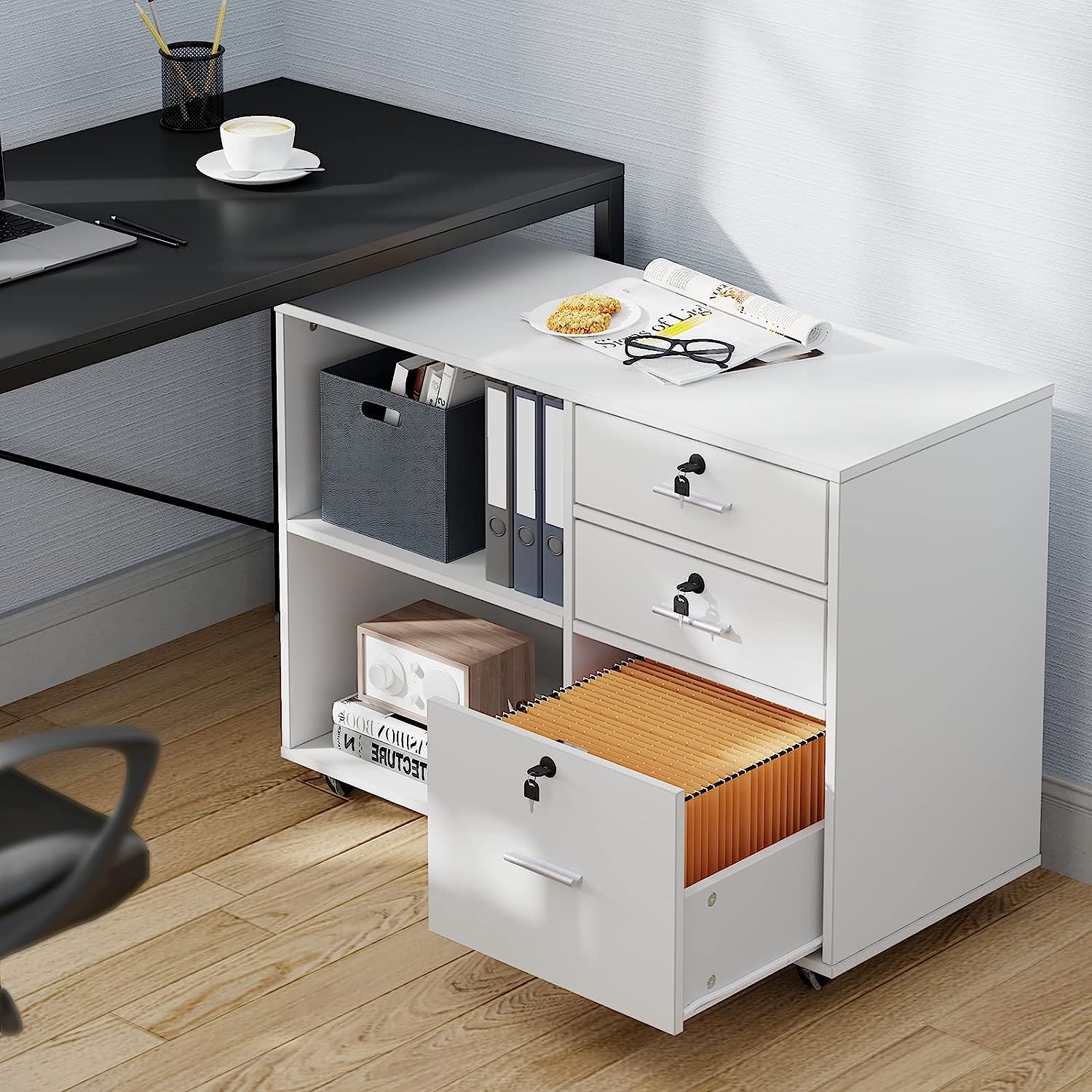
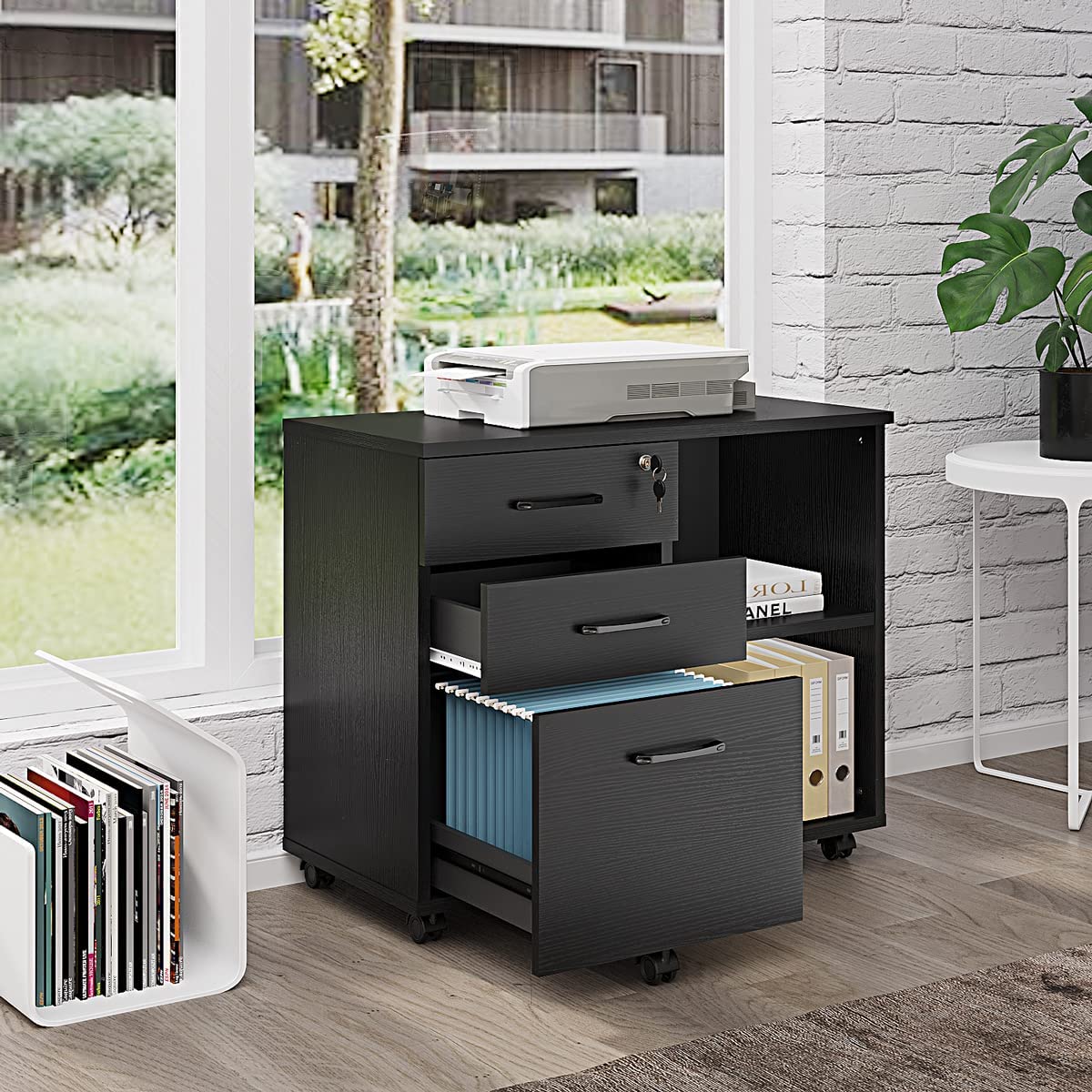
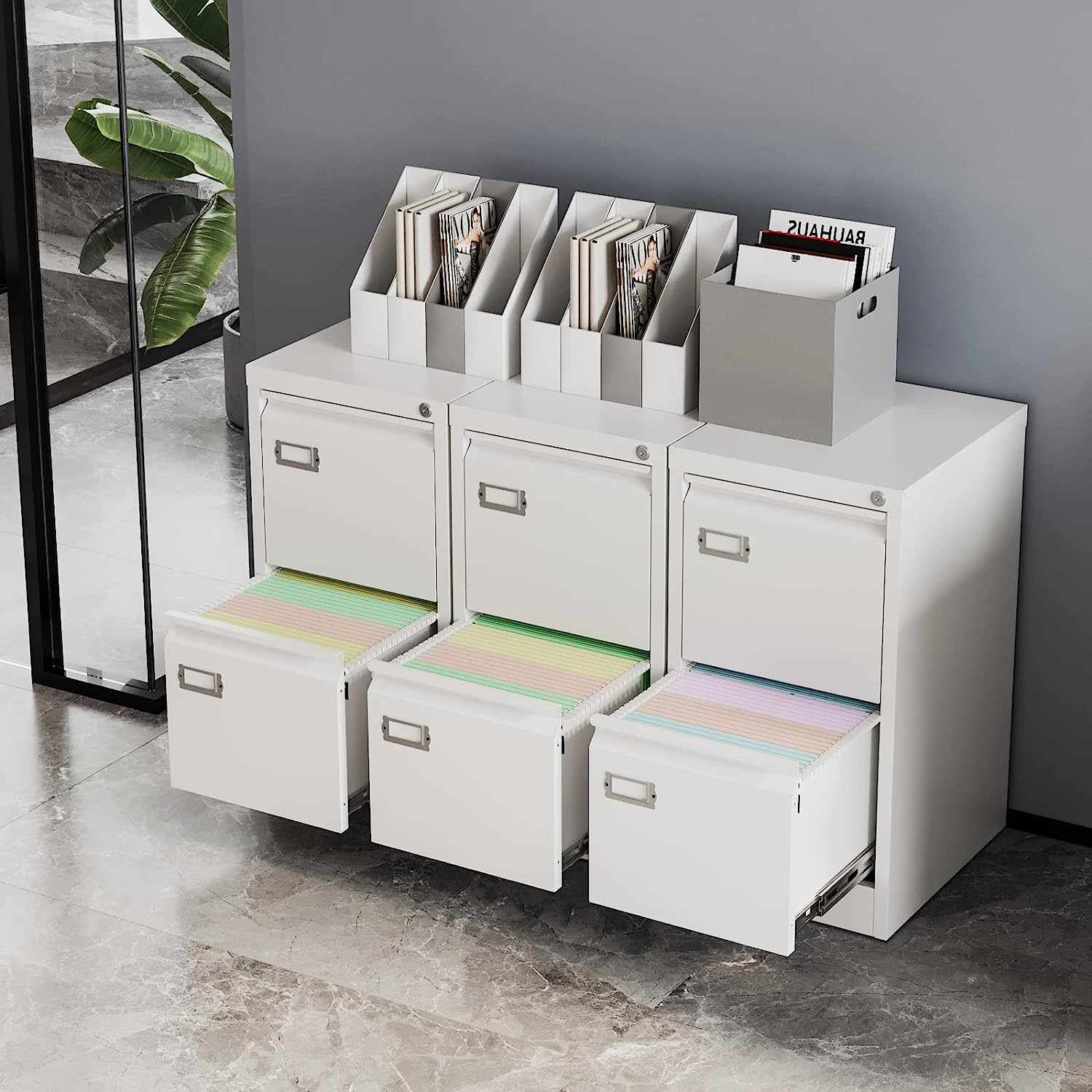
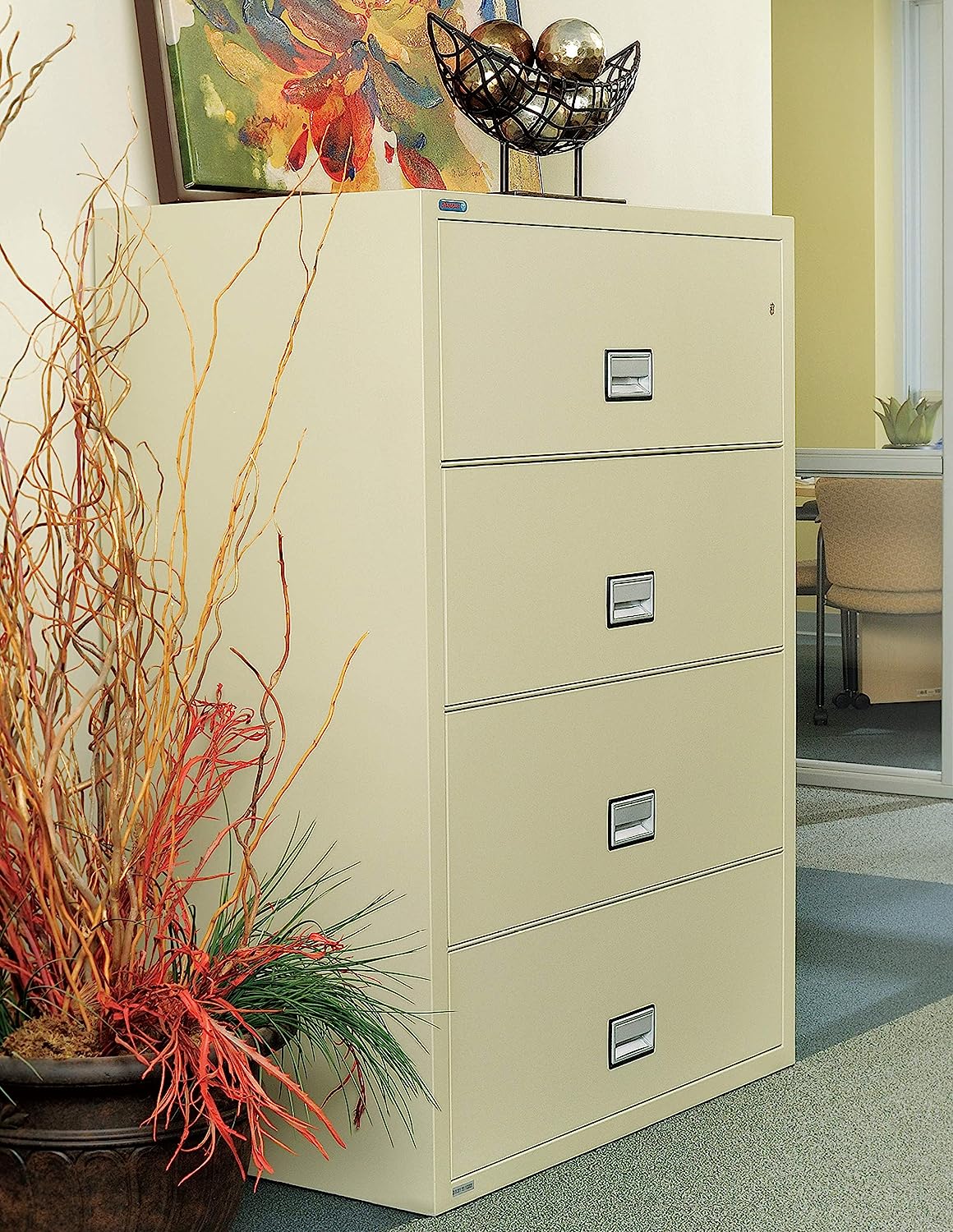
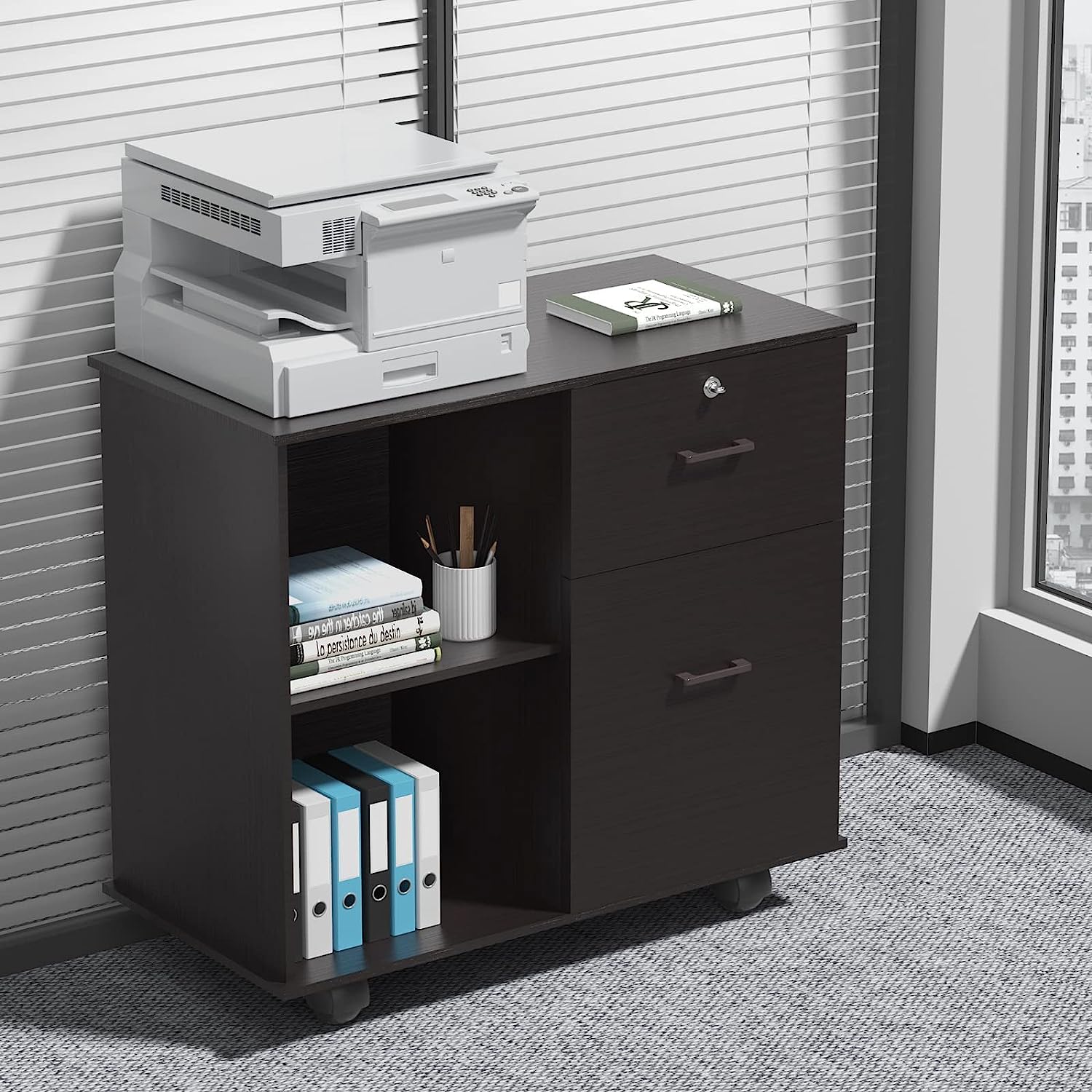
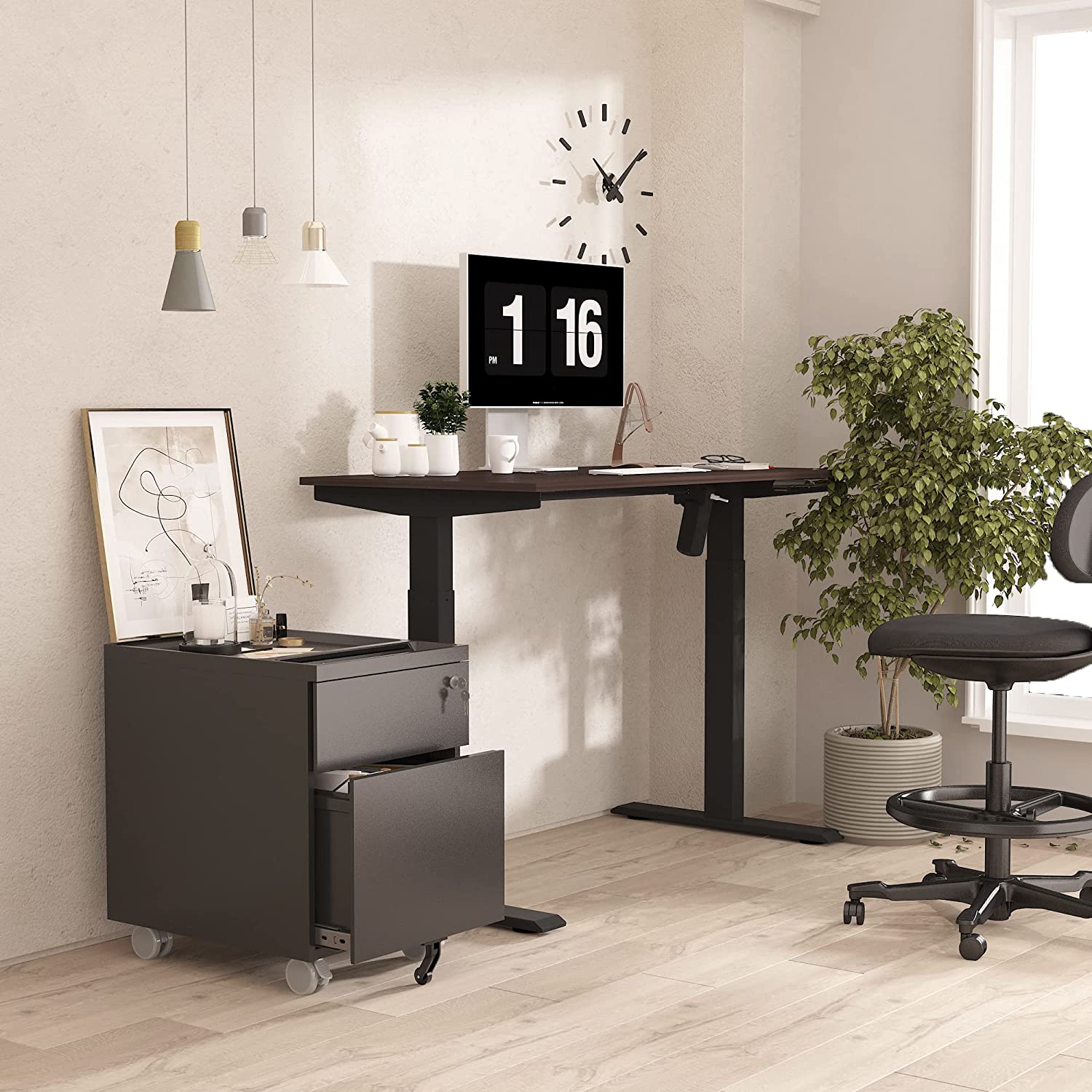
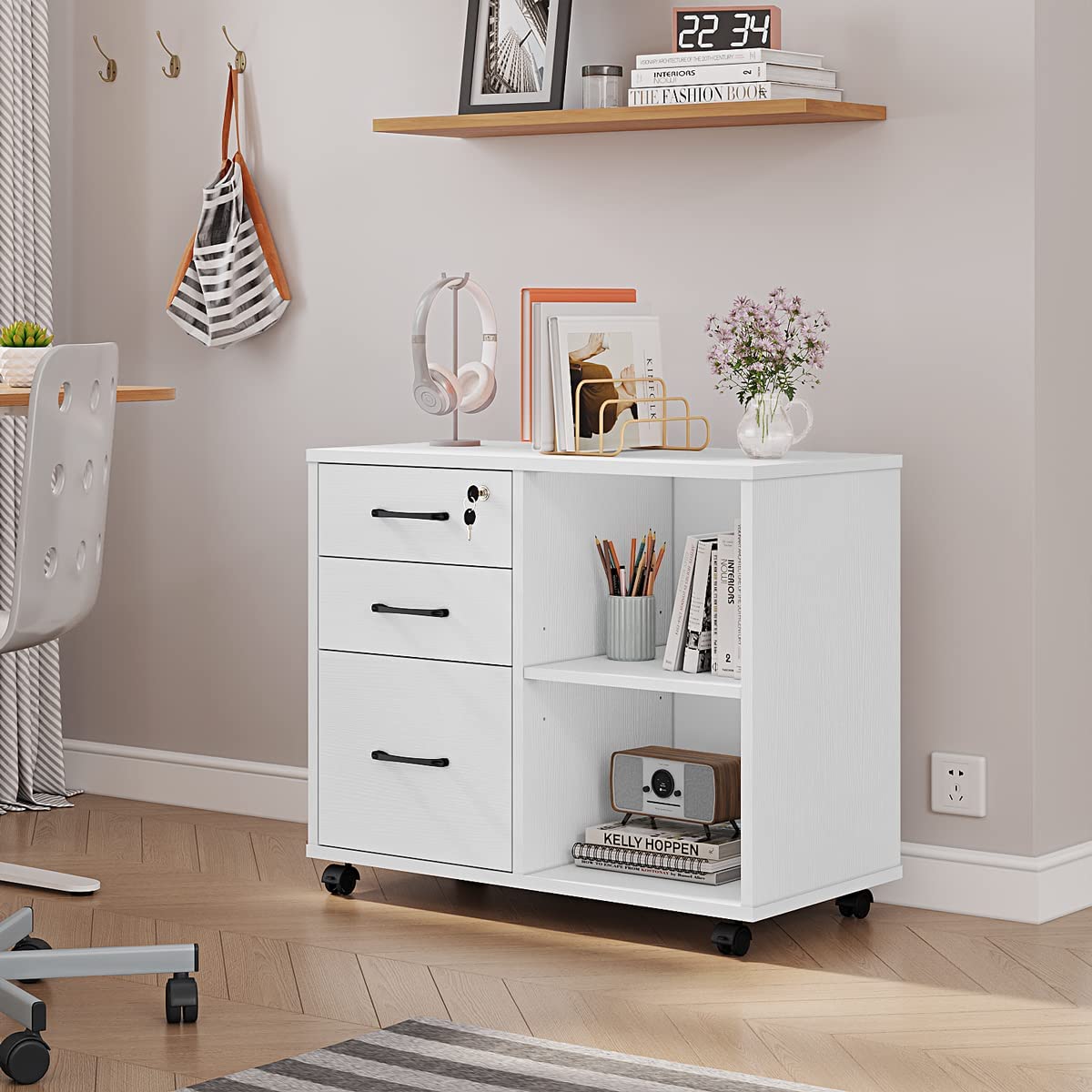
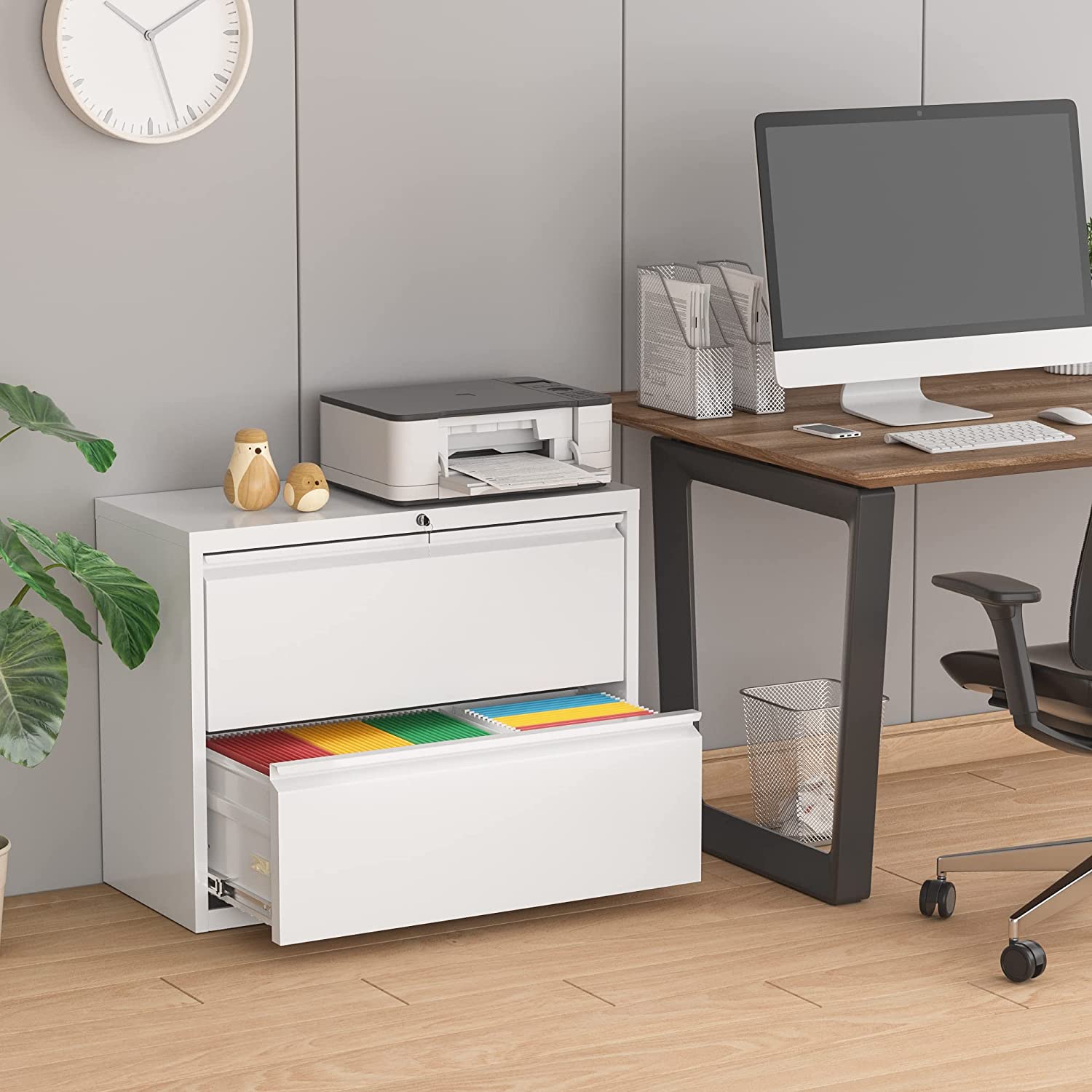

0 thoughts on “How To Open A File Cabinet”